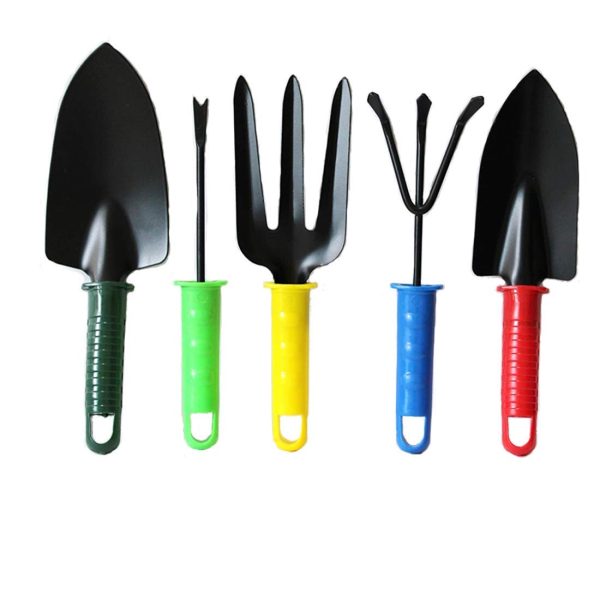Mexican feather grass has its pros and cons. On the plus side, its stems have a delicate beauty—they grow to about 2-feet tall—a beauty enhanced when they sway gracefully in the wind with its feathery flower panicles. But its benefits are practical as well as aesthetic since this moderate-growing ornamental grass is drought-tolerant once it matures. Mexican feather grass seedlings do best when planted in the spring.
On the negative side, Mexican feather grass is invasive in some regions. In regions where the plant is invasive, growing Mexican feather grass requires a great deal of landscape maintenance because you will need to continually remove the seedlings from spots in your yard where you do not want them growing.
| Botanical Name | Nassella tenuissima (formerly, Stipa tenuissima) |
| Common Name | Mexican feather grass, Mexican feathergrass, Mexican wiregrass, pony tails, silky thread grass, Texas tussock |
| Plant Type | Perennial ornamental grass |
| Mature Size | 24 in. tall, with a slightly greater spread |
| Sun Exposure | Full sun to partial sun |
| Soil Type | Loamy |
| Soil pH | Slightly acidic to slightly alkaline |
| Bloom Time | Mid-summer |
| Flower Color | Begins greenish, matures to a golden-brown, fades to a tan |
| Hardiness Zones | 7-10 (USDA) |
| Native Area | South America, Central America, parts of the American Southwest |
Mexican Feather Grass Care
The dense, fountain-shaped clumps of Mexican feather grass stems have a fuzzy appearance; they soften hardscape features in the landscape and make them more welcoming. For this purpose, it is especially effective to grow several of the plants in a line to form a border (for example, along a patio). Its light color (the leaves are a silvery green to lime-green) makes it a good foil for darker plants, for which the plant can be used as a backdrop. It is also a good plant to use in borders for cottage gardens.
Although Mexican feather grass does flower, treat it as you would any other foliage plant, complementing it with flowering plants. As a plant primarily grown for its foliage, it offers visual interest across multiple seasons, including even into winter. In zones 7-10, it goes dormant in winter, but the dried stems remain behind. When treated as an annual north of zone 7, this ornamental grass, even though it is dead, furnishes some winter interest.
The plant is not often bothered by diseases or insect pests, although aphids and leaf spot occasionally plague it. Deer and rabbits tend to leave it alone.
Many homeowners with slopes to plant choose to grow Mexican feather grass because it is helpful in controlling erosion.
:max_bytes(150000):strip_icc():format(webp)/how-to-grow-and-care-for-mexican-feather-grass-5077536-04-065683600722449594b0fce99444d1b7.jpg)
:max_bytes(150000):strip_icc():format(webp)/how-to-grow-and-care-for-mexican-feather-grass-5077536-05-ce7ce1c139244c849d0e1a7dab118335.jpg)
:max_bytes(150000):strip_icc():format(webp)/how-to-grow-and-care-for-mexican-feather-grass-5077536-06-1abaee55202d433094e052ca9522ba92.jpg)
:max_bytes(150000):strip_icc():format(webp)/how-to-grow-and-care-for-mexican-feather-grass-5077536-07-71978146ee6147b5959210934080b6fc.jpg)
Light
While the plant can survive in partial sunlight, Mexican feather grass performs best in full sunlight.
Soil
Plant Mexican feather grass in a loamy soil, since it needs good drainage. If your present soil is not loose enough, loosen it up by working some sand and organic matter into it.
Water
Mexican feather grass has low-to-average water needs. Once established, it is drought-tolerant: Mexican feather grass copes with droughts by going into dormancy.
Temperature and Humidity
Mexican feather grass isn’t a great lover of hot summery weather: It doesn’t die out, but it tends to lose its color in the warmest, most humid months.
Fertilizer
Fertilize Mexican feather grass annually with a good layer of compost.
Pruning
Mexican feather grass doesn’t really need pruning, but you may want to trim away dead flowers and overgrown stems at the end of the season so you tidy them up for dormancy. Use a clean, sharp garden shear and make sure to clear away the debris so that the detritus doesn’t accidentally reseed.
Propagating Mexican Feather Grass
Mexican feather grass can be propagated by division, done in the spring before your grass sends up any new shoots of growth. To do: gently dig up your clump of grass with a clean shovel and trowel. Use a clean, sharp garden spade to split the plant into three. Replant and water well.
How to Grow Mexican Feather Grass From Seed
Nassella tenuissima does well when planted from seed if you start your seeds indoors in the early spring. Place on a layer of potting mix, then cover with a thin layer of the same potting mix, soil, or sand. Water regularly; plant outside when sturdy.
Potting and Repotting Mexican Feather Grass
You can also grow Mexican feather grass in a large container, mixed with other plants. Give its height, it is most effective as the central plant in such a mixed planting. Surround it with shorter plants that enjoy full sun and sharp drainage. Be especially careful to avoid overwatering Mexican feather grass when it is being grown in a container.









Reviews
There are no reviews yet.